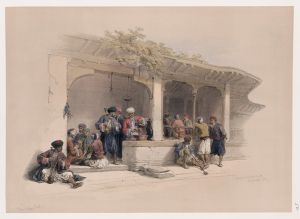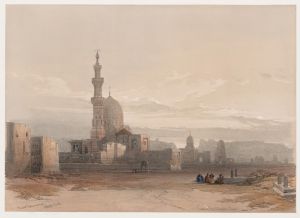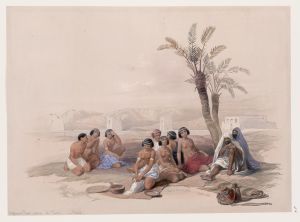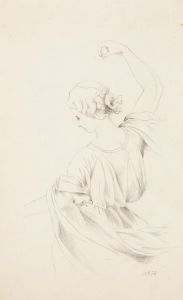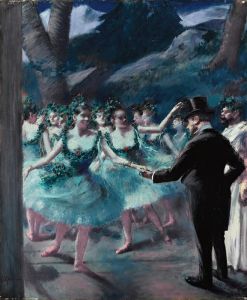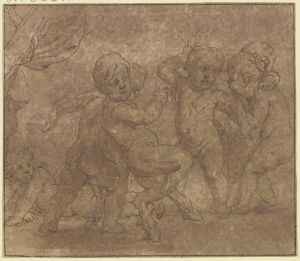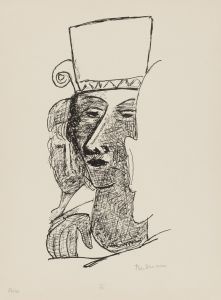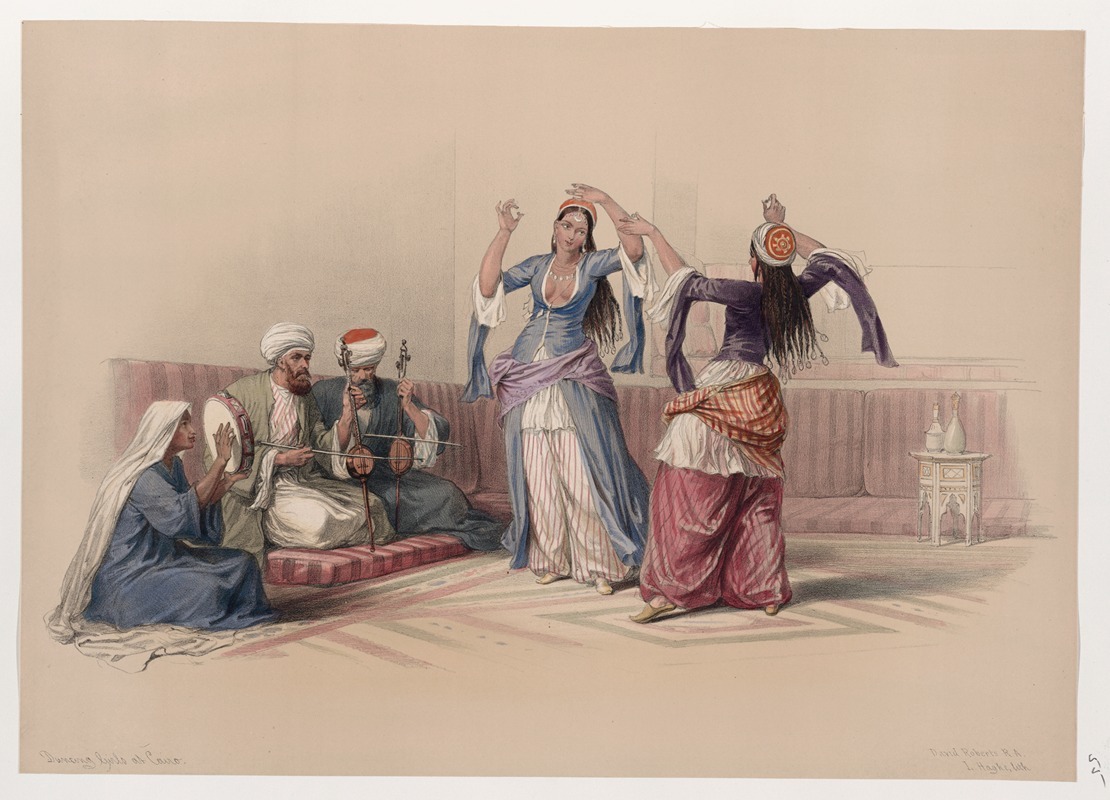
Dancing girls at Cairo.
A hand-painted replica of David Roberts’s masterpiece Dancing girls at Cairo., meticulously crafted by professional artists to capture the true essence of the original. Each piece is created with museum-quality canvas and rare mineral pigments, carefully painted by experienced artists with delicate brushstrokes and rich, layered colors to perfectly recreate the texture of the original artwork. Unlike machine-printed reproductions, this hand-painted version brings the painting to life, infused with the artist’s emotions and skill in every stroke. Whether for personal collection or home decoration, it instantly elevates the artistic atmosphere of any space.
"Dancing Girls at Cairo" is a painting by the renowned Scottish artist David Roberts, who is best known for his detailed and picturesque depictions of the Middle East and North Africa. Roberts was born in 1796 and initially worked as a scenic painter for theaters in Edinburgh and London before transitioning to a career as a landscape and architectural painter. His travels to the Middle East in the early 19th century significantly influenced his work, leading to a series of paintings and lithographs that captured the essence of the region during that period.
The painting "Dancing Girls at Cairo" is one of Roberts' works that reflects his fascination with the culture and daily life of Egypt. Although specific details about this particular painting are scarce, it is consistent with Roberts' broader body of work, which often focused on the vibrant and exotic aspects of the places he visited. His paintings are characterized by their attention to detail and the ability to convey the atmosphere and mood of the scenes he depicted.
Roberts traveled to Egypt in 1838-1839, a journey that was part of a larger expedition throughout the Middle East. During this time, he visited numerous sites and cities, including Cairo, where he was inspired by the local customs, architecture, and people. His experiences in Cairo and other parts of Egypt were documented in a series of sketches and paintings that he later used as the basis for his lithographs and oil paintings.
"Dancing Girls at Cairo" likely depicts a scene of local entertainment, featuring dancers who were a common sight in the social and cultural life of 19th-century Cairo. Such performances were often held in public spaces or private gatherings and were an integral part of celebrations and festivities. Roberts' ability to capture the liveliness and color of these events contributed to the popularity of his works, which provided European audiences with a glimpse into the exotic and unfamiliar world of the Middle East.
Roberts' paintings, including "Dancing Girls at Cairo," were part of a larger trend in 19th-century art known as Orientalism, where Western artists depicted Eastern subjects. While these works were often romanticized and reflected the Western perspective of the time, they remain valuable historical records of the architecture, landscapes, and cultural practices of the regions they portray.
David Roberts' contributions to art were significant, as he was one of the first European artists to travel extensively in the Middle East and document his observations through art. His works were widely exhibited and published, influencing both his contemporaries and later generations of artists. Roberts passed away in 1864, but his legacy endures through his detailed and evocative depictions of the Middle East, including "Dancing Girls at Cairo."







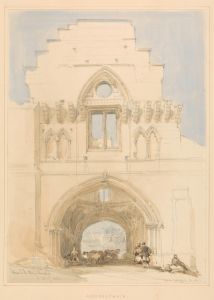
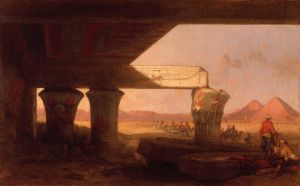
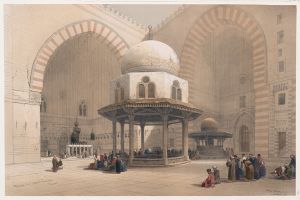
![Temple of Edfou [Idfû], ancient Appolinopolis, Upper Egypt.](/imgs/217546/s/david-roberts-temple-of-edfou-idfu-ancient-appolinopolis-upper-egypt-2a77d2d6.jpg)
